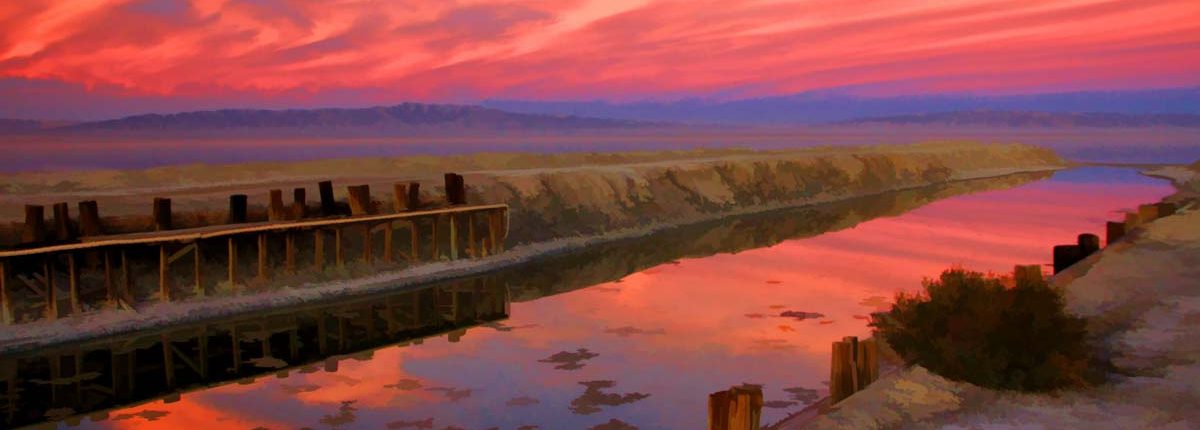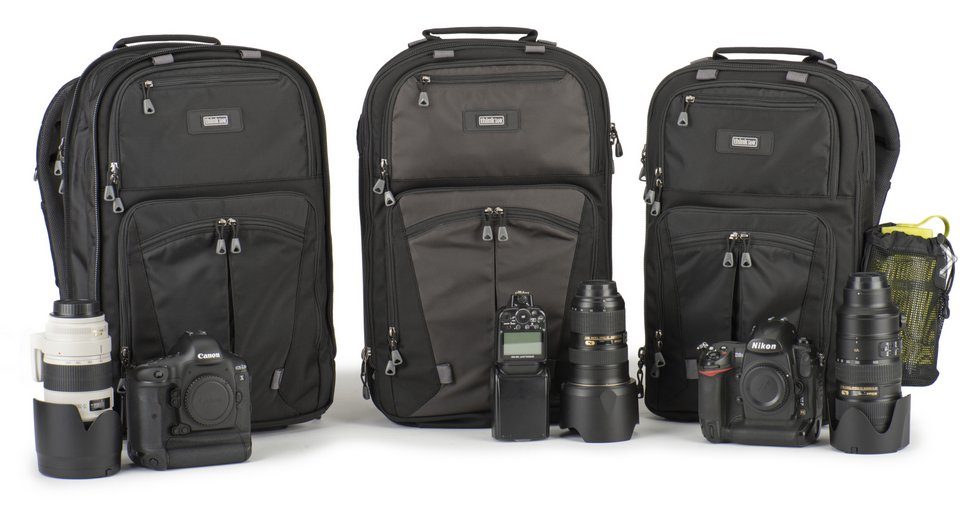BEST TIME TO PHOTOGRAPH THE SALTON SEA
We traveled here in both December and October. October was very hot, while December was perfect. For optimal conditions, the best time to visit the Salton Sea is between December and February. During this time, temperatures are mild and comfortable. October-November and March-April are also suitable, but expect more bugs as summer draws near. Traveling during summer is not recommended due to scorching temperatures over 100 degrees Fahrenheit.
HOW LONG TO PHOTOGRAPH THE AREA
We spent the entire day at this location. We took many photos of birds around the lake. We enjoyed our time here from early morning until late afternoon, even staying to do some beautiful sunset photography, which you can see in the picture above in pink. “see in the image above in pink.”
WHAT PHOTOGRAPHY GEAR TO BRING
You can bring your wide-angle and zoom lenses. This is a top birding location, but you also want to photograph the entire landscape. This is also a Milky Way location. However, we didn’t have the opportunity to do Milky Way photography here. Make sure you bring your tripod and your Milky Way gear if you go during the Milky Way season. Visit our Milky Way photography page if you’re unsure of the season and how to do Milky Way photography.
WHAT ELSE TO BRING
Remember to pack organic bug spray and sunscreen if you plan to visit during the warmer months. This is especially important if you have sensitive skin like we do. Being in Southern California, just on the border of Mexico, means the sun can be pretty intense. So, it’s best to take all necessary precautions to protect your skin.
HOW TO GET TO THE SALTON SEA
We like the northern side of the lake the best. Travel in on Highway 111. Begin your exploration of the Salton Sea at the Mecca Visitor Center. They have a wealth of knowledge, including tips and directions for prime birdwatching spots.
The Salton Sea is 30 miles south of Indio on Highway 111, located on the north shore of the Salton Sea, about a three-hour drive from the Los Angeles or San Diego areas. From Los Angeles, take Interstate 10 east to Indio, take the 86S exit, turn left at Avenue 66, and right onto Highway 111. Go south about 12 miles to the SRA Headquarters entrance.
Take Highway 78 east from San Diego, then leave (north) on Highway 86. Turn right at Avenue 66 and then right onto Highway 111. Go south about 12 miles to the SRA Headquarters entrance.
OTHER PHOTOGRAPHY NEARBY
We highly recommend visiting Joshua Tree National Park. There is too much to see in a single day, so plan to spend a few days in the region. Additionally, you can enjoy the stunning Milky Way skies in this area. If you are uncertain about the Milky Way season and how to take pictures of it, please visit our Milky Way page for more information.
And, one more adventure is to be had—Coyote Road, a winding path that leads away from the sea and into the heart of the high desert. The images photographed here were breathtaking, with ominous clouds looming overhead like something from a sci-fi movie. It was a road we had to travel down.
HOW BUSY DOES IT GET
The many times we were here, we barely saw any other humans.







